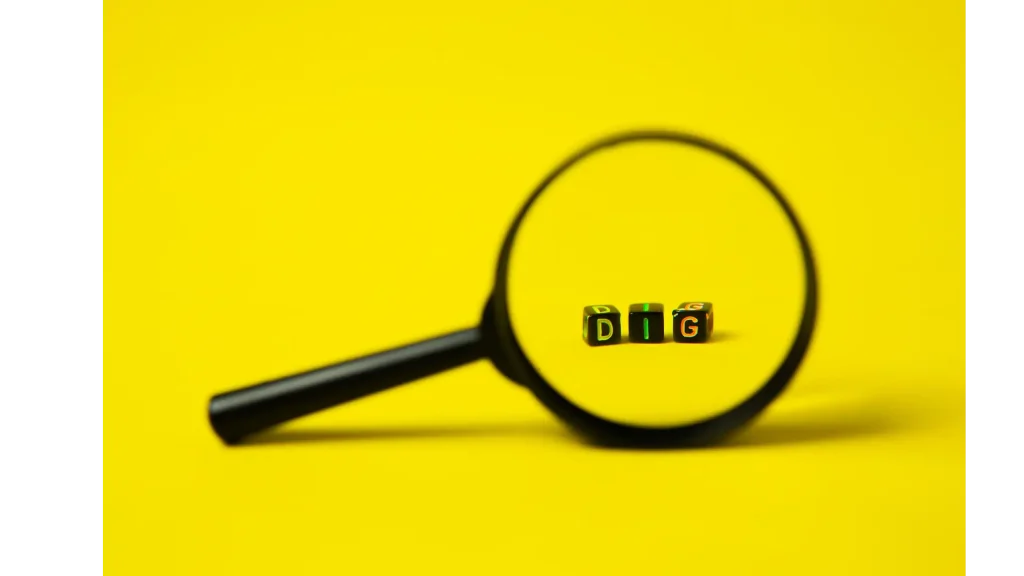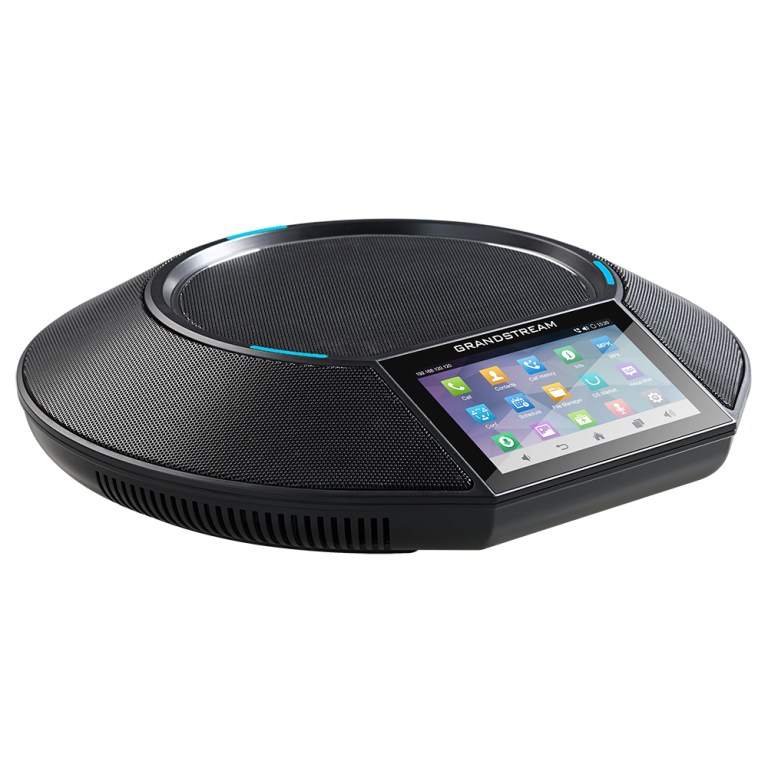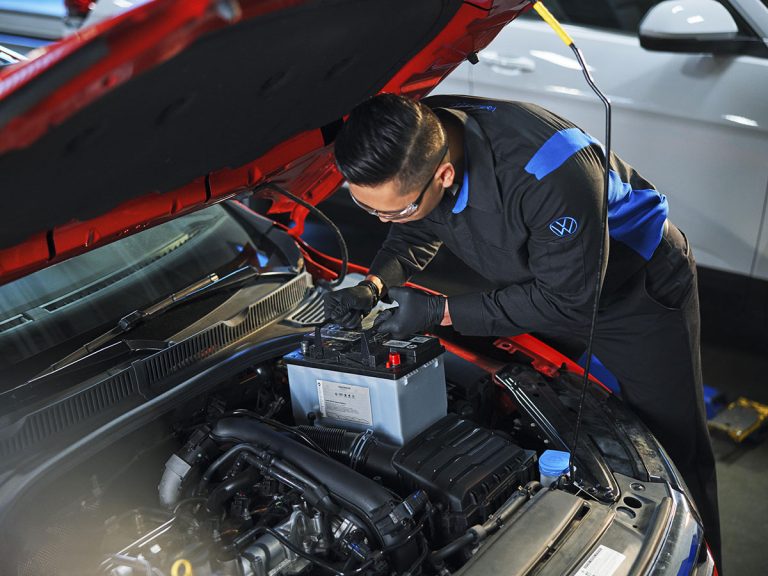
In recent years, the rise of artificial intelligence (AI) in writing has revolutionized how content is generated. From academic papers to blog posts, AI tools can create text that closely mimics human writing. However, this advancement has also led to new challenges, especially in maintaining content integrity and originality. One of the most significant concerns for writers, educators, and content creators is the potential for AI-generated text that is cleverly rewritten or paraphrased. This is where a plagiarism checker designed to spot rewritten AI text becomes essential.
The Challenge of Identifying AI-Written Content
AI-written content can be remarkably convincing, often blending seamlessly with human-written text. These tools are programmed to generate grammatically correct and contextually appropriate text, making it difficult for traditional plagiarism checker to catch. The challenge becomes even more complicated when AI tools rewrite content in ways that are not immediately recognizable as copied material. Here lies the importance of using an advanced plagiarism checker that can detect these subtle similarities, even in rewritten AI text.
Why Traditional Plagiarism Checkers Fall Short
Most plagiarism checkers on the market rely on comparing direct matches of text. They scan for word-for-word duplication, flagging content that exactly matches other sources. While this approach works well for blatant instances of plagiarism, it falls short when dealing with paraphrased or reworded AI text. AI writing tools can restructure sentences, change vocabulary, and alter the order of ideas, making it harder for conventional plagiarism checkers to identify copied content. As a result, users may unknowingly submit plagiarized content that has been reworded by an AI, believing it to be original.
The Role of AI in Rewriting Text
AI writing tools, such as GPT-3 and others, can generate content based on prompts, mimic writing styles, and even rewrite entire articles. These tools are often used to speed up the writing process, but they can also be used to “rewrite” existing text in a way that passes as original. For instance, an AI may take a well-established article and rewrite it using synonyms or rephrase entire paragraphs, making the content appear new. While this may seem harmless, it creates a gray area in terms of intellectual property and content originality. This is where an advanced plagiarism checker specifically designed to detect rewritten AI text becomes invaluable.
How an AI-Powered Plagiarism Checker Detects Rewritten Text
The difference between a traditional plagiarism checker and one that spots AI-generated rewritten content lies in the technology used. Advanced plagiarism checkers use AI and machine learning algorithms that go beyond simple keyword matching. These tools analyze sentence structure, detect paraphrasing patterns, and understand the context in which words are used. By doing so, they are able to identify when AI has generated content that closely resembles existing material, even if it has been rewritten. The checker can cross-reference restructured sentences against a vast database of sources, flagging potential instances of plagiarism that would otherwise go unnoticed.
Ensuring Academic Integrity with a Plagiarism Checker
In academic settings, originality is paramount. Students, researchers, and educators rely on plagiarism checkers to maintain academic integrity. However, with the rise of AI tools that can generate or rewrite content, academic institutions face a new set of challenges. A plagiarism checker capable of detecting rewritten AI text helps preserve the credibility of academic work. Educators and professors can now confidently rely on these tools to ensure that students are submitting original work and not relying on AI-generated content disguised as their own.
Detecting Rewritten Text in Professional Writing
In professional writing, content creators and marketers also face the threat of AI-generated plagiarism. With the increasing demand for high-quality, original content, some writers may turn to AI tools to produce articles quickly, sometimes even rewriting existing content from other sources. A plagiarism checker that can spot these subtle forms of duplication is essential for content marketing agencies, freelance writers, and corporate teams who must ensure that their material is both original and valuable. Detecting rewritten AI text not only protects the integrity of the content but also ensures it is effective in driving engagement and ranking well on search engines.
Benefits of Using an Advanced Plagiarism Checker
Using a plagiarism checker designed to detect rewritten AI content offers several advantages. First, it helps to safeguard against accidental plagiarism, which could lead to legal issues, academic penalties, or damage to a writer’s reputation. Second, it ensures that all content is truly original, which is especially important in competitive fields like academia and content marketing. Lastly, these tools provide a more comprehensive approach to plagiarism detection, saving time and effort in the revision process by highlighting potential issues before they become a problem.
How to Choose the Right Plagiarism Checker
Not all plagiarism checkers are created equal. When looking for a tool that can spot rewritten AI text, it’s important to choose one that uses cutting-edge technology, such as machine learning and deep learning algorithms. These technologies can understand language patterns, recognize paraphrased content, and detect subtle rewordings. Look for a plagiarism checker that offers extensive databases, including access to academic papers, journals, websites, and books. The more comprehensive the database, the more effective the tool will be in identifying rewritten AI text.
Conclusion: Stay Ahead of AI Challenges
As AI writing tools continue to evolve, it’s crucial for writers, educators, and content creators to stay one step ahead. A plagiarism checker that can detect rewritten AI text is no longer just a luxury—it’s a necessity. By using advanced detection tools, you can ensure that your content remains original and free from plagiarism, even when AI is involved in the writing process. Protect your work, maintain your reputation, and stay committed to authenticity by leveraging a plagiarism checker that catches the most subtle forms of duplication, including rewritten AI text.



